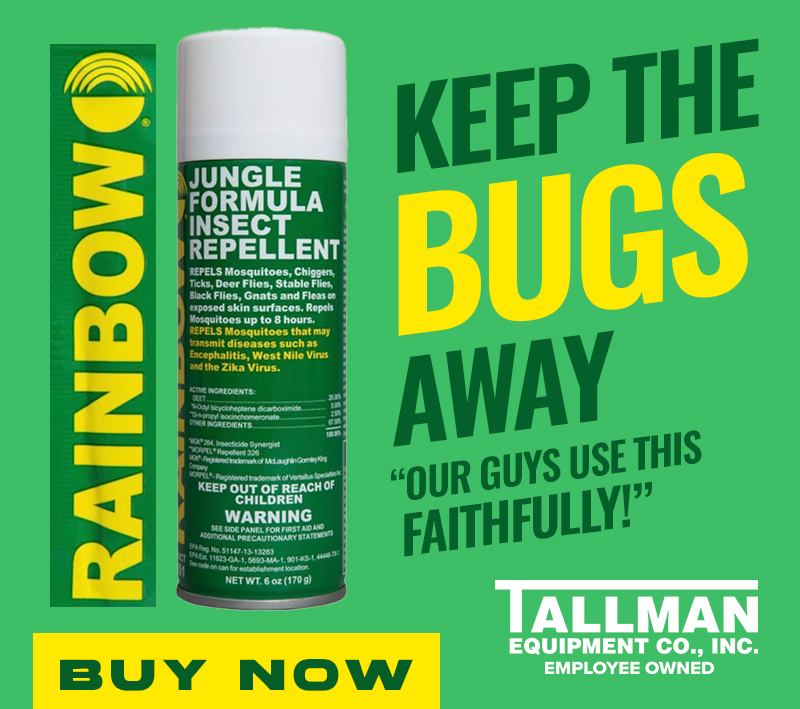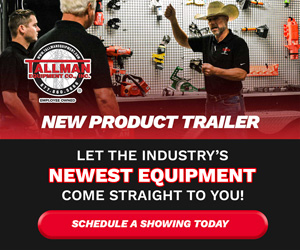The Quail Effect: An Indicator of Safety Culture
It is not uncommon for a flock of birds, such as quail, to scatter when people get too close to them. This sometimes happens on work sites, too, but instead of birds, it’s workers who scatter when they see safety personnel show up on their job site.
A lot can be said about an organization’s safety culture by observing how employees in the field respond to the arrival of safety personnel. Think about it: Do your crews run for cover when they see Safety arrive at the job site? Do they suddenly go on break until Safety leaves? If so, this typically indicates a problem with the organization’s safety culture. But what can you do to change the culture? How do safety personnel overcome this challenge?
In my opinion, the answer is easy – get back to the basics by treating people with respect and dignity and working to get their buy-in – but the road is complex. This article focuses on some strategies that can be used to establish good relationships between Safety and other personnel within an organization. I have found that they work well, although they may need a little tweaking to fit your specific needs.
Initial Field Visits
The first strategy begins with learning the organization’s work practices as well as its safety policies and procedures. Take the time to conduct an evaluation of your safety program. Learn how employees perform work and compare that to established procedures. During your evaluation, spend time visiting crews, reviewing policies and procedures, and taking notes. This is not an uncommon approach for many safety professionals. After all, how can you be expected to change hearts and minds within an organization if you don’t know what is going on? You must first establish trust and credibility.
The trick is not to use a sledgehammer. Treat every encounter as an opportunity to learn from the crews while also teaching them something about safety. When observing less than desirable safety practices, do not overcriticize. Ask the person you’re observing to tell you about the job they are doing and have them explain the process. Hear them out – truly listen – and then inquire about the safety considerations they took when planning the job. Even better, ask what they spoke about during their tailboard or job site assessment. This conversation should not be used to point out flaws in their process but to lead them to reassess the job and develop safer ways of accomplishing the task. Of course, you can also use this time to tell them about what you observed and ask them if they think there is a safer way to perform the task. This provides an opportunity for you to recommend courses of action they can take. Remember, the purpose of these initial field visits is to learn how the organization works and to gain trust among workers.







0 Comments